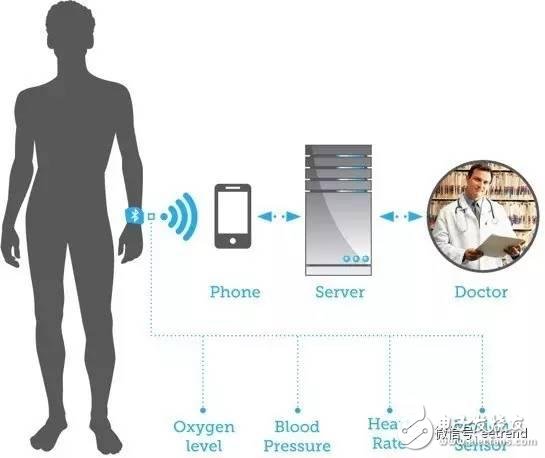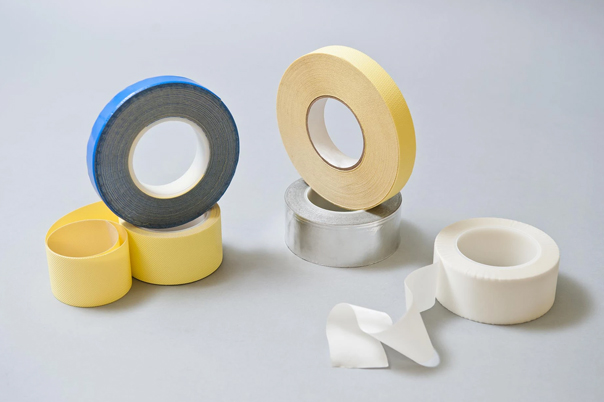Plasma Spray Coatings
Plasma spray involves extremely high temperatures and
abrasion. Masking materials must resist burning, edge
lifting, and overspray throughout the process. Plasma
masking products are made from high-quality silicone,
fiberglass, adhesives, and compounds. They are flexible,
easy to apply and remove cleanly without leaving
adhesive residue.
Recommended materials: 170-10S YL & 20S YL, 170-10S
Green, 170-10S Red, 179-20S or 25S, SW-35 Fabric, HVMC.
Gas-Fueled HVOF (High Velocity Oxy-Fuel) Masking
Gas-fueled HVOF produces extreme abrasion and rapid heat transfer, demanding durable, high-performance masking solutions. Green Belting™ HVOF tapes and HVMC (High Velocity Masking Compound) are specifically engineered to resist intense particle impact and high temperatures. These materials offer excellent conformability and can be removed cleanly with no adhesive residue, making them ideal for precision masking in HVOF applications.
Recommended materials: HVMT Orange Tape, HVMC.
Liquid-Fueled HVOF (High Velocity Oxy-Fuel) Masking
Liquid-fueled HVOF generates extreme heat and abrasion, often requiring metal masking fixtures for primary protection. However, effective masking solutions can combine metal shields with high-performance tapes, fabrics, and compounds for secondary coverage. Green Belting™ HVMT Tape and HVMC Compound are ideal for these applications—helping reduce bridging, prevent edge chipping, and ensure clean, precise masking in areas less exposed to direct spray.
Recommended materials: HVMT Orange Tape and HVMC Compound, used in conjunction with metal masking for advanced, high-precision masking.
Arc Spray Coating Masking
Arc spray produces a wide spray plume, making both primary and secondary masking essential. Primary masking protects areas near the target zone, while secondary masking shields surrounding surfaces from overspray, reducing the need for costly clean-up or rework. Although less abrasive than HVOF or plasma, arc spray still requires reliable masking to protect parts and ensure coating precision.
Recommended materials: 170-10S YL & 20S YL, 170-10S Green, 179-20S or 25S, SW-35 Fabric, and HVMC.
Flame Spray Masking
Flame spray (combustion spray) is one of the most basic thermal spray processes, typically involving lower heat and abrasion compared to plasma or HVOF. Coatings are often applied with handheld spray guns in open shop environments, rather than inside spray booths. Green Belting™ masking materials are well-suited for this process. Effective masking should account for both grit blasting and flame spray, helping to reduce labor time, rework, and overall production costs.
Recommended materials: 170-10S YL & 20S YL, 170-10S Green, 170-10S Red, 179-20S or 25S, SW-35 Fabric, and HVMC.
Grit Blast Masking Tape
Grit blasting is a critical surface preparation step in the thermal spray process. Sharp, angular media—such as aluminum oxide—is blasted at high pressure to remove existing coatings and create a roughened surface profile for optimal coating adhesion. Green Belting™ masking materials, such as 170-10S Green, are engineered to withstand both the abrasive grit blast and subsequent thermal spray, helping reduce masking time, labor, and rework costs.
The appropriate masking material depends on grit size, blasting pressure, and the thermal spray method used.
Recommended materials: HVMT Orange, 170-10S YL & 20S YL, 170-10S Green, 170-10S Red, 179-20S or 25S, SW-35 Fabric, and HVMC.
As wearable devices collect more and more sensitive information and become a full digital self, privacy and data security will become critical. Especially in the case of medical data, consumers will require the highest level of data security, and as consumers become more informed, this will be a key factor influencing purchase decisions.
DeWAL Thermal
Spray Masking Tapes
Reliable Protection for Demanding Coating Applications
DeWAL Industries offers one of the industry’s most comprehensive lines of thermal spray masking tapes, engineered for a wide range of surface protection needs in plasma spray, arc spray, HVOF, and grit blasting processes. Backed by decades of experience, DeWAL tapes are trusted and approved by leading global manufacturers in aerospace, automotive, medical, and defense industries—including GE, Pratt & Whitney, Rolls-Royce, General Motors, Stryker, Lockheed Martin, and Northrop Grumman.
Key Advantages:
-
Non-Carbonizing: DeWAL tapes are formulated without carbonizing fillers, ensuring they won’t contaminate coated surfaces or affect coating adhesion.
-
High-Temperature Resistance: Designed to withstand extreme heat, these tapes are ideal for plasma and HVOF applications where surface temperatures can exceed 500°F (260°C).
-
Abrasion and Impact Resistance: Their reinforced backing materials—such as fiberglass or polyimide—resist erosion from high-velocity particles, protecting underlying surfaces from overspray, grit, and splash.
-
Clean Removal: Even after exposure to intense thermal and mechanical stress, DeWAL tapes remove cleanly without leaving adhesive residue, reducing cleanup time and preventing rework.
-
Versatile Substrate Compatibility: Whether masking stainless steel, titanium, aluminum, or complex alloys, DeWAL tapes conform reliably to irregular surfaces and tight corners.
Applications:
-
Plasma spray coating of turbine components, medical implants, and engine parts
-
Arc spray of structural or automotive components
-
HVOF spraying for wear-resistant and thermal barrier coatings
-
Grit blasting prior to surface preparation
From routine masking tasks to mission-critical applications, DeWAL thermal spray masking tapes deliver consistent, high-performance results—ensuring parts are protected and production efficiency is optimized.
The Critical Role of Thermal Spray Masking in Surface Engineering
Thermal spray masking is a vital step within the overall thermal spray coating process and demands careful attention. Selecting the right masking materials, precise application on the substrate, tailored masking techniques aligned with specific spray methods, and clean, damage-free removal are all essential to protect the integrity of your coating and maximize process efficiency.
Thermal spraying is a highly dynamic operation, constantly evolving with new masking technologies and best practices emerging to better shield components during coating. While basic masking strategies provide a solid foundation, ongoing optimization ensures superior protection against overspray, heat, and abrasion.
Ultimately, effective thermal spray masking is indispensable to producing high-quality, durable surface-engineered parts. It safeguards your investment by preventing costly defects and cleanup, making it the unsung hero of any thermal spray operation.





